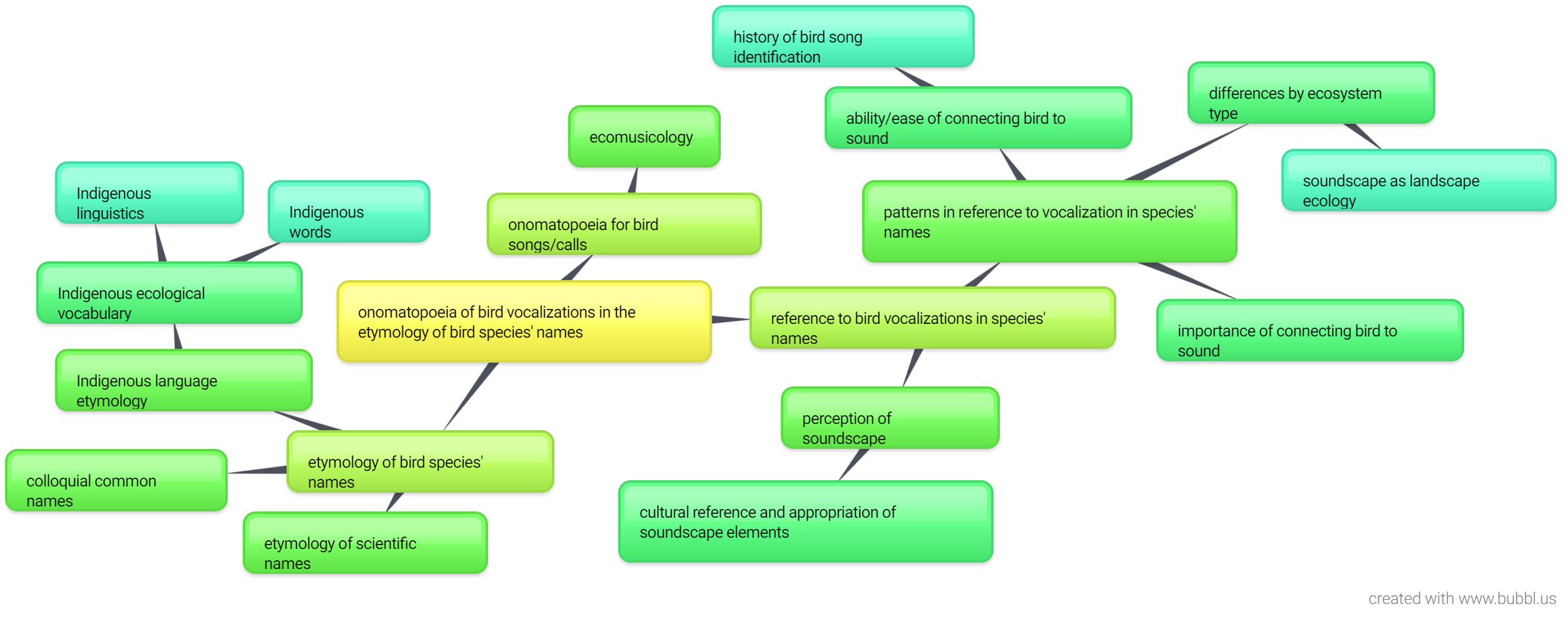For Paul’s spring break this year, we set off toward Wyoming on a road trip that would take most of the week. We made our way across South Dakota to visit Custer State Park. There, we had an unexpected lifer: a small flock of male chestnut-collared longspurs (3/26)! Our ultimate destination was a lek site in Thunder Basin National Grassland. The next day, we were greeted by an incredible sight of displaying greater sage-grouse (3/27)! Then, we started to head back home. The following day, we saw Krider’s red-tailed hawks and a western dark-morph juvenile red-tailed hawk.
Not long after earth day (4/30), I finally heard the small “clicks” of a yellow rail at McGregor Marsh (full blog post story in the link)! Later that spring (5/29), some of my friends found a sage thrasher at the end of Park Point. That was a really fun way to run into birding buddies before work! 🙂
Our next vacation was at the end of summer, when we took a sort of last minute road trip across North Dakota. Along the way, we stopped at a small park in Bismarck to find our lifer black-headed grosbeak! It was a beautiful male. Then, we went to explore Little Missouri National Grasslands. I got the best looks I’ve ever gotten at a prairie falcon perched on a fence post, which we eyed in the scope for awhile. Our destination for this trip was Theodore Roosevelt National Park, where we camped in the south unit for 2 nights. I got my best look at lazuli buntings on this trip, which cavorted over the road on the loop drive. On our way back, we visited a birding hot spot in Kidder Co. to see our lifer Sprague’s pipits!
The year ended strong with a tufted duck found in December at Canal Park! Again, it spurred a meetup with the first to respond on the scene, which included friends alongside the chance to finally meet others I previously only knew by name. Though I waited a bit to chase this one, I was very lucky to see the Hammond’s flycatcher in WI before I left for Christmas. Then, my mom and I got to see a Calliope hummingbird after Christmas!
Goodbye 2018, and thanks for all the birds!

